5 things to do after a snowstorm to protect your home — here's what the experts say
Here’s what you should do after a snowstorm
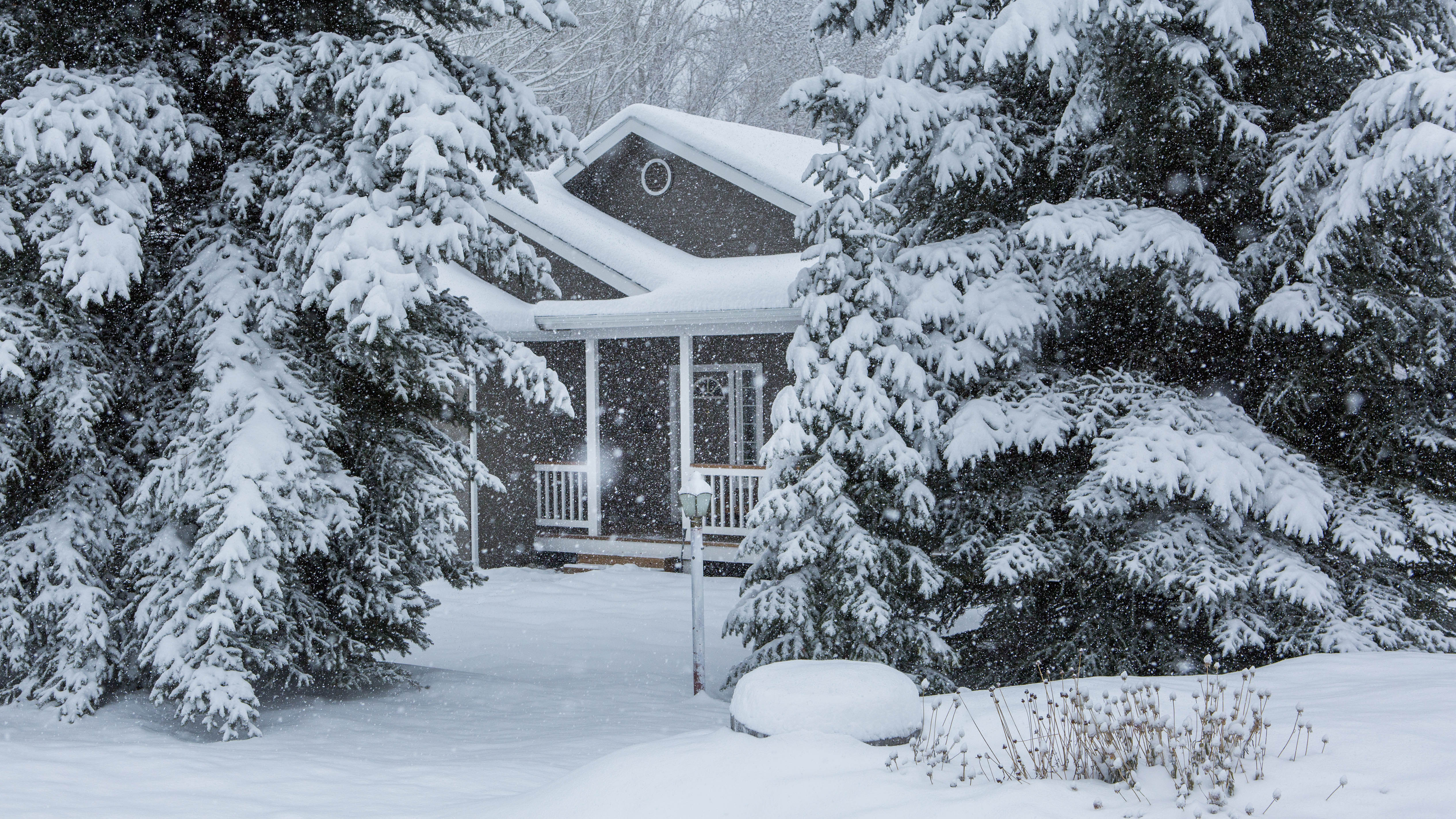
Be it a few inches or a few feet of snow, a snowstorm can wreak havoc on your home, causing all kinds of issues including loss of power. And if you live in a location that frequently has heavy snowfall, there are some key things you need to check and do around your home.
Knowing how to protect your home from the freezing elements will not only ensure that you’re kept warm and everything is in working order, but will also save you a fortune on repairs, such as frozen pipe damage or leaky roofs.
So if you want a hassle-free winter, here’s what to do after a snowstorm to protect your home — according to the experts.
1. Check for leaks
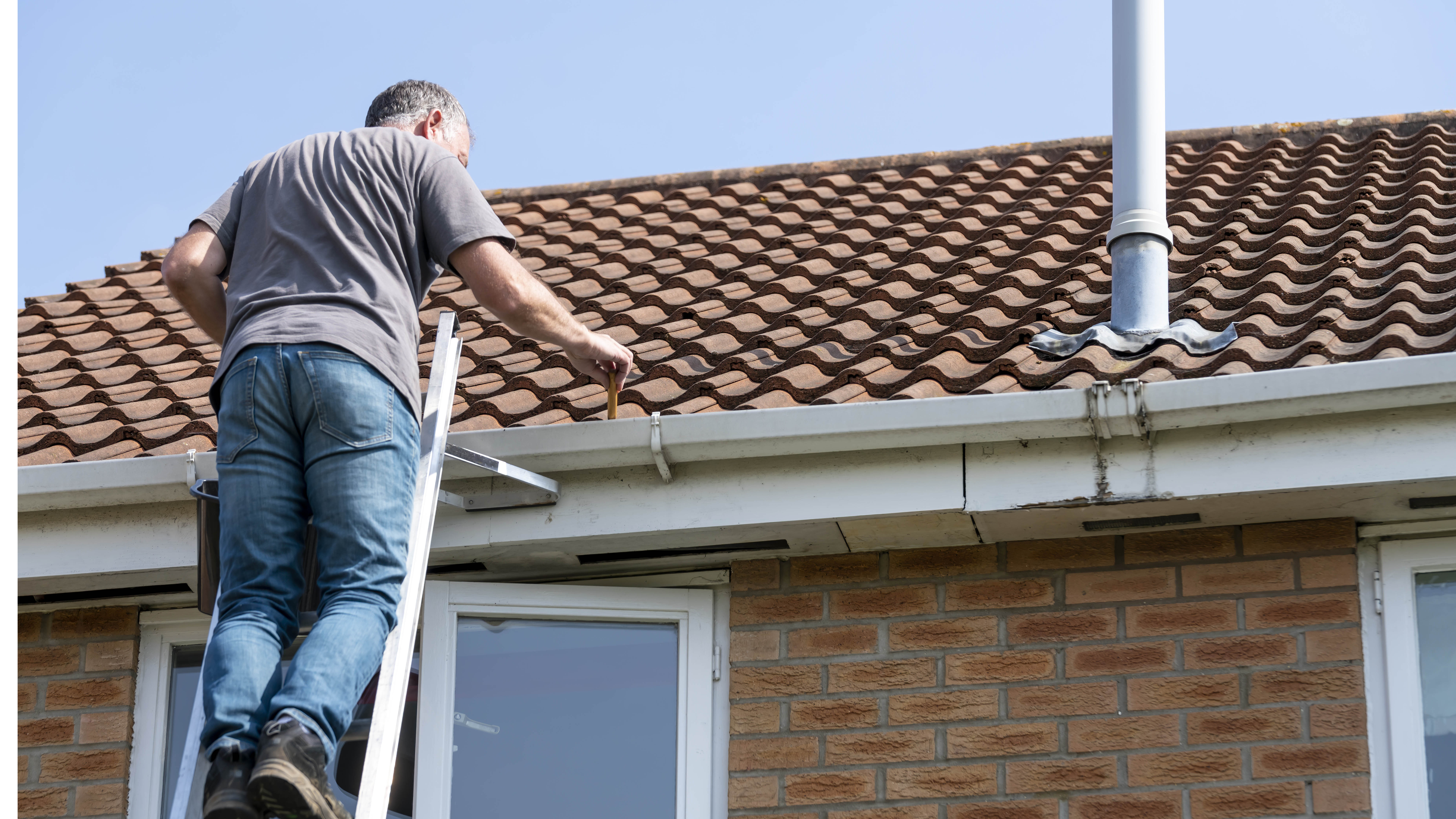
After a snowstorm it’s advisable to inspect the property for leaks, burst pipes and any other water damage. In particular, exterior cracks in your walls, doors or window frames, will not only increase energy bills, but could lead to a build-up of mold in your home. If you do spot serious leaks however, call a plumber for all water emergencies, as you don’t want the problems to worsen.
Depending on your type of roof, it’s also worth getting your roof inspected. “Examine your roof for signs of damage like missing or cracked tiles,” suggests Ian Lowdon, Home Safety Officer at Halton Stairlifts. “Pay special attention to any sagging which might indicate trapped water or snow. And inspect your exterior walls for any signs of damage. Small cracks can expand if water enters and then freezes.”
Experts also recommend unhooking any outdoor water hoses during freezing temperatures, as this can cause water leaks and damage to your property.
2. Deal with frozen pipes
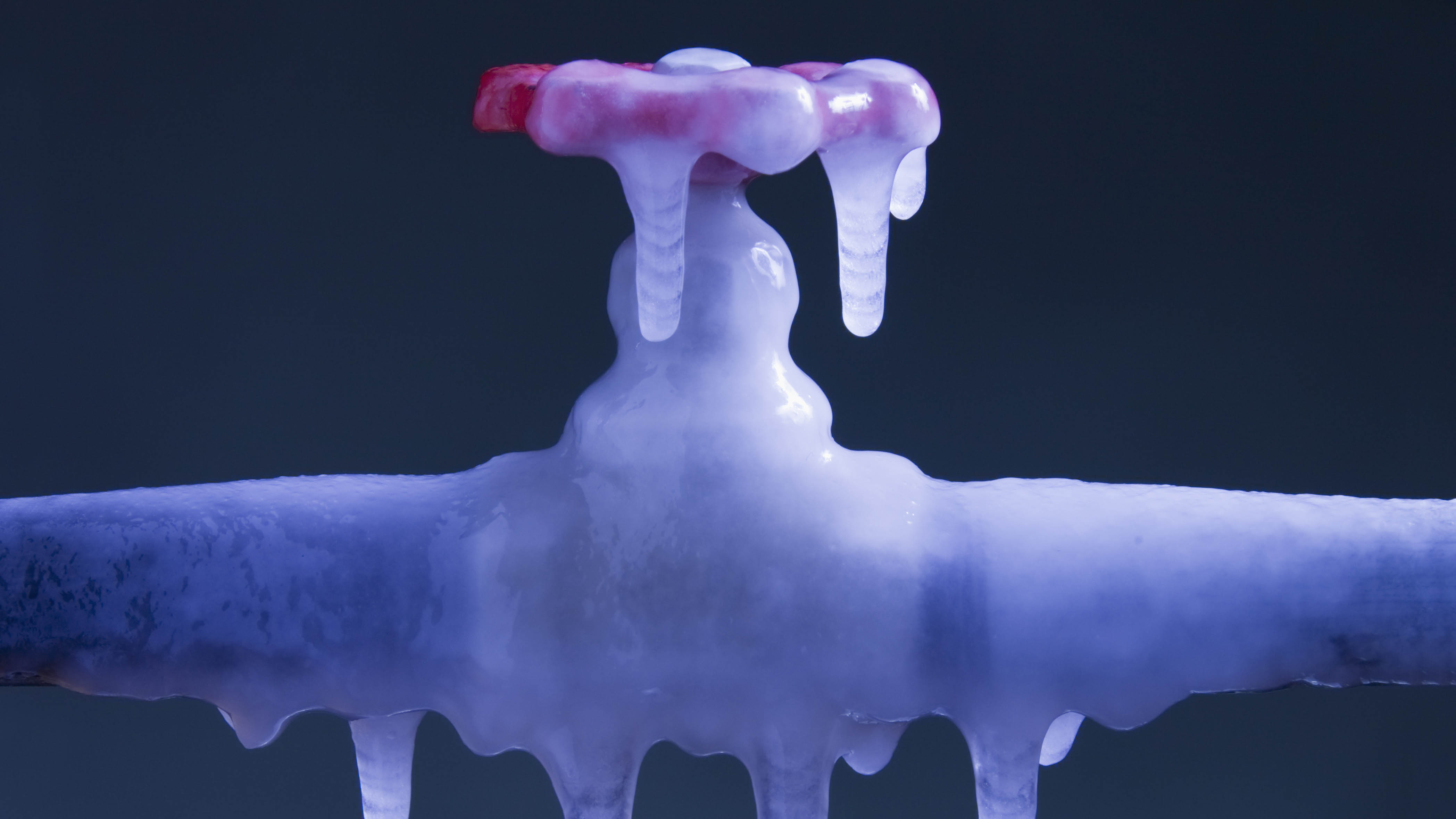
One of the things we often neglect is our pipes, and when you have frozen or burst pipes, this can be a major problem. “Bursting a pipe is potentially the most catastrophic of wintertime home disasters,” says Lance Sinclair, President of Mister Sparky, One Hour Heating & Air Conditioning, and Benjamin Franklin Plumbing.
Sign up to get the BEST of Tom's Guide direct to your inbox.
Get instant access to breaking news, the hottest reviews, great deals and helpful tips.
“If you have a frozen pipe, the situation could be dire and you need to take action immediately. Since water expands when it freezes, if you don’t deal with the problem quickly, the pipe can break — leaving you with water everywhere and thousands of dollars in repair bills," said Sinclair.
So how would you initially know if a pipe is frozen, and how to fix it? “The first step is to locate the frozen section of the pipe. It’s most likely a spot that runs through an uninsulated or unheated part of the house, so it might be tricky to access. Check the pipes by touch, feeling for very cold spots that indicate ice inside. Once you find the frozen area, warm it with a hair dryer, heat lamp, space heater or a hot towel. Avoid torches or open flames.
Leave the faucet open to encourage water flow while you melt the freeze. Check the other taps in your bathrooms, kitchen and laundry room to make sure they’re working and that they don’t have another pipe frozen somewhere. Your safest bet is to call a plumber to locate and thaw the pipe."
3. Safe use of a generator
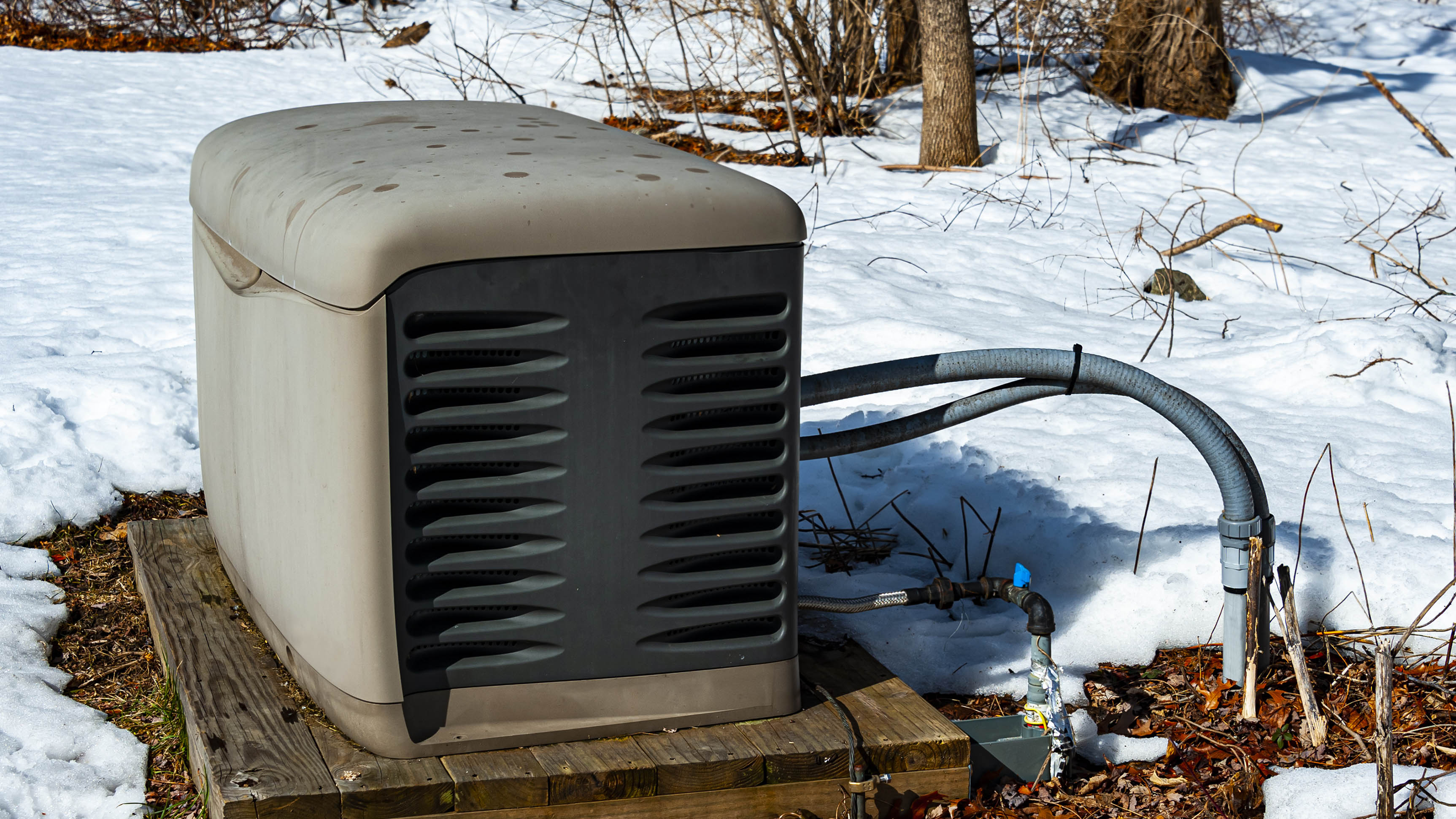
Depending on where you live, snowstorms can often lead to short power outages. If your power isn't back however, call your local power and light company to report it.
However, homeowners with a portable, back-up power supply, need to know how to safely run a generator after a snowstorm. Experts recommend that you must always run your generator outdoors to prevent toxic fumes from spreading within the home. “Generators should always be used outdoors — not in enclosed or partially enclosed spaces—as the fumes will be too powerful for fans or open windows to provide proper ventilation,” advises Sinclair. “When using outdoors, make sure your generator Is not near doors or windows. The toxicity of carbon monoxide fumes spreads quickly and you can experience the effects in minutes.”
Since back-up generators produce the colorless and odorless carbon monoxide (CO), this is incredibly dangerous. This is why experts recommend having CO monitors or alarms in homes to keep your family safe from CO exposure.
In addition, remember to change the oil and conduct routine maintenance and service regularly whenever your generator is not in use, to ensure it will work efficiently when needed. To prevent rusting or shorting, be sure to protect your generator from the elements.
“You don’t want to be in an emergency situation only to find out there’s an issue with your generator so making a note to change the oil and conduct routine maintenance will keep you safe and prepared.”
4. Inspect your heat pump or furnace for damage
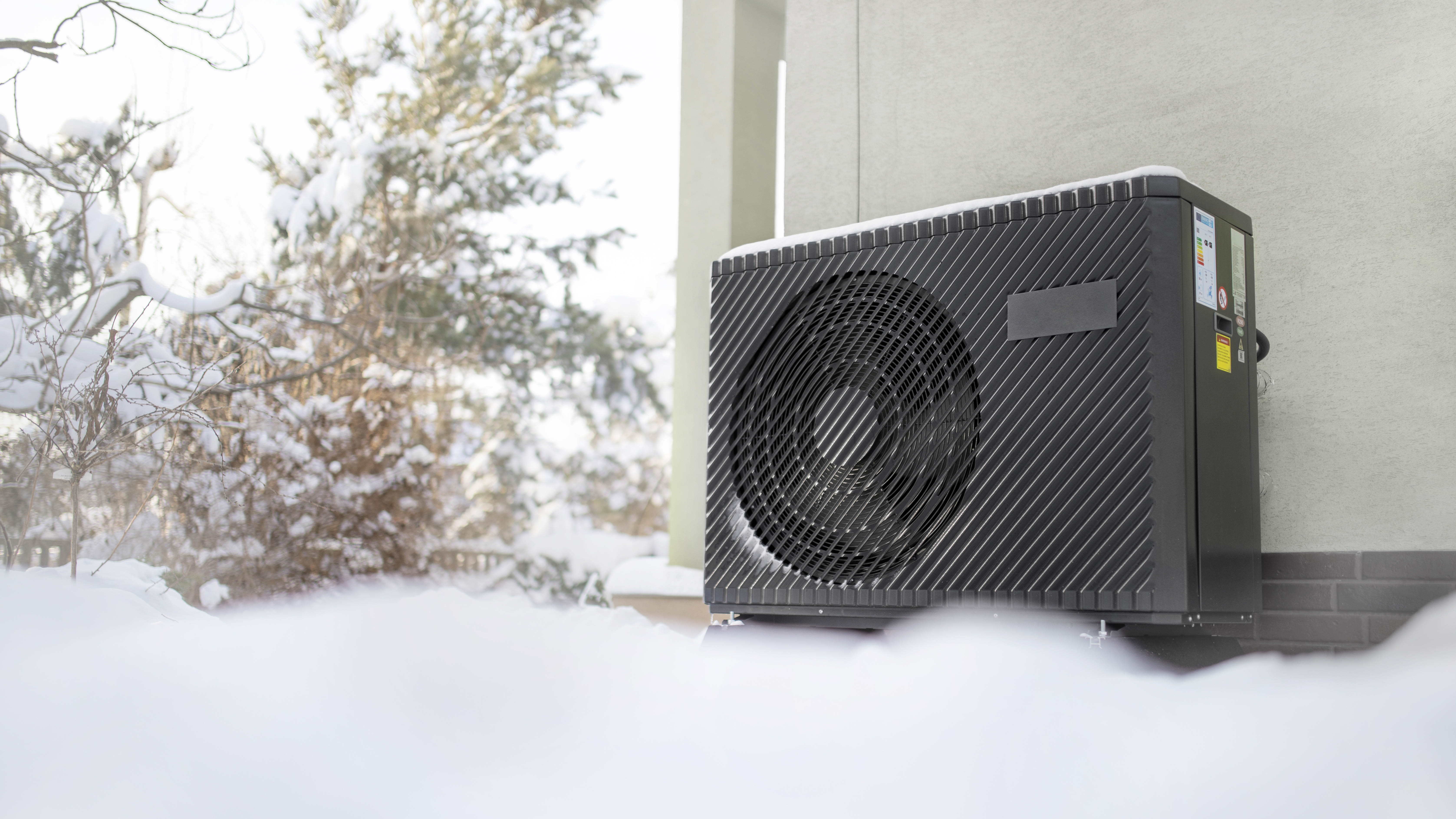
If you have a furnace or heat pump, these can often accumulate snow or ice from a storm. “If you have a high-efficiency furnace, make sure that there is no snow or ice blocking the vent on the outside of your house, as it can cause the furnace to malfunction,” Sinclair advises.
“If you are heating your home with a heat pump, ensure that there is not an accumulation of ice or heavy snow on the outdoor fan. If your heat pump is having extremely long defrost cycles or you notice any strange noises, turn on the emergency heat so no damage is done to your heat pump.”
In the meantime, if you have heating problems, you can invest in one of the best space heaters to keep you warm and toasty. It’s recommended to opt for electric space heaters with automatic shut-off switches and non-glowing elements. And always keep all heat sources at least three feet away from furniture and drapes, which are one of these 7 things you should never put near your space heater.
5. Cut down low-hanging or dead tree branches
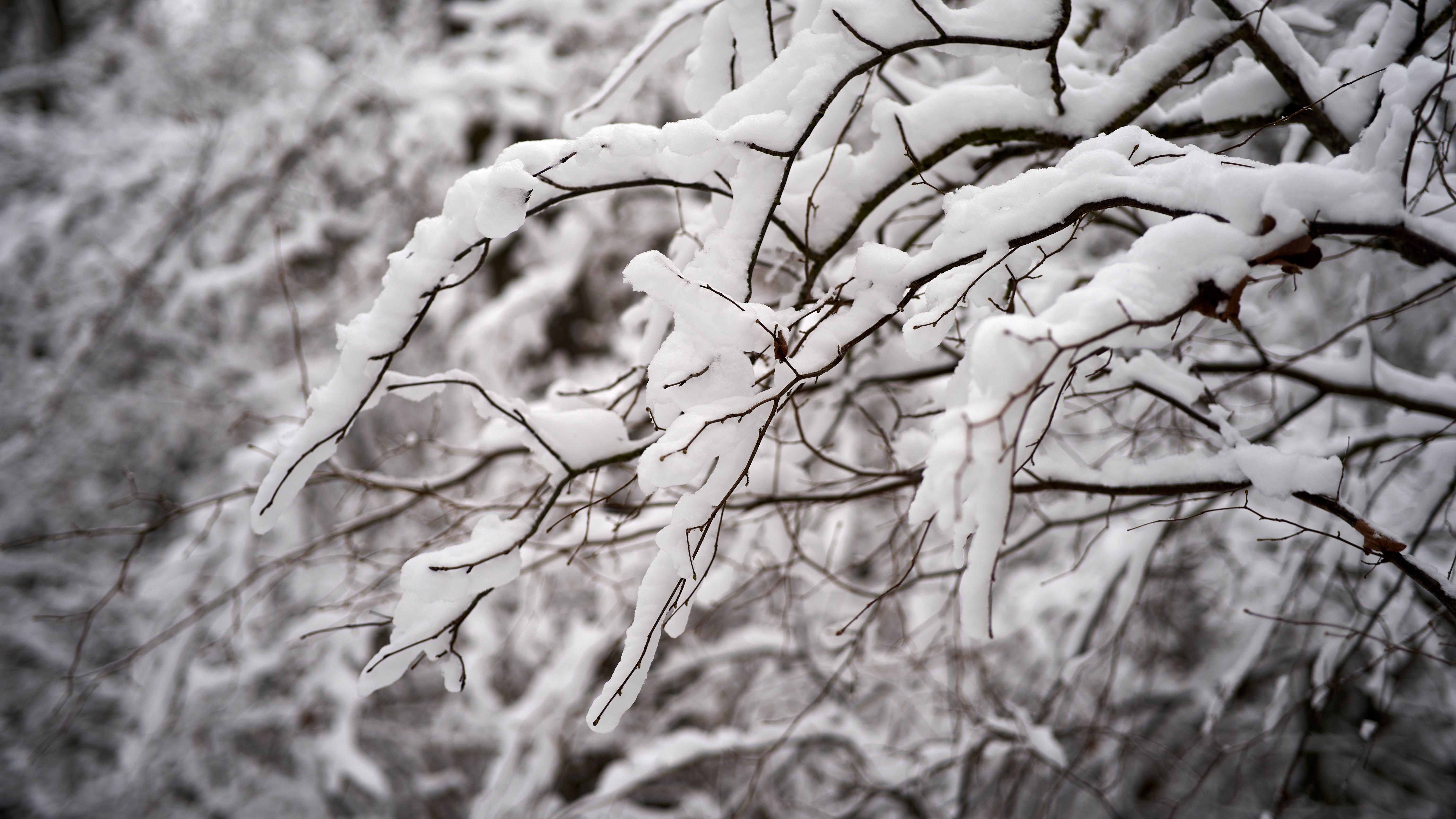
Not only can snow storms cause damage to your home, but can also take down trees by the sheer weight of the snow or ice. This can cause it to break or snap dead branches or worse case, the entire tree.
These often pose a danger if branches fall and hit someone, causing serious injury. That’s why it’s recommended to remove dead trees or branches with the best pruning shears after a snowstorm. This will prevent the risk of damage to others and to yours or neighbouring properties. “Check for broken or weak branches on trees close to your home,” agrees Lowdon. “These can be hazards, especially in windy conditions.”
More from Tom's Guide

As the Homes Content Editor, Cynthia Lawrence covers all things homes, interior decorating, and garden-related. She has a wealth of editorial experience testing the latest, ‘must-have’ home appliances, writing buying guides and the handy ‘how to’ features.
Her work has been published in various titles including, T3, Top Ten Reviews, Ideal Home, Real Homes, Livingetc. and House Beautiful, amongst many.
With a rather unhealthy obsession for all things homes and interiors, she also has an interior design blog for style inspiration and savvy storage solutions (get rid of that clutter!). When she’s not testing cool products, she’ll be searching online for more decor ideas to spruce up her family home or looking for a great bargain!
